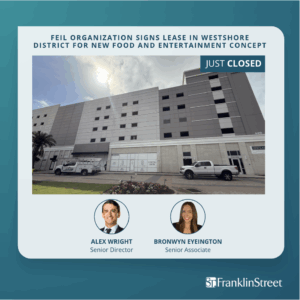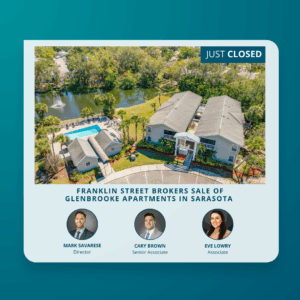Controlling costs is an essential aspect to Asset Management, especially when dealing with the unique nature of Affordable Housing. When considering cost of risk, owners often view insurance premiums to be the only component. Although insurance premiums may be the most visible cost, they are certainly not the only factor contributing to your Total Cost of Risk.
Oftentimes, there are many components of risk that are not identified, meansured or controlled, which ultimately lead to a negative impact on your balance sheet. Understanding all costs associated with Insurance and Risk Management can allow you to execute a more effective Asset Management strategy. The sum of all these costs is an important concept within Risk Management called your Total Cost of Risk. Once identified, there are strategies that can be implemented to control these costs and thus minimize the adverse impact they have on your asset’s value.
Below are a few key components to consider when quantifying your Total Cost of Risk.
Retained Losses. These are the expenses paid by you for losses that are less than your deductible or that may not be covered by insurance. Losses not covered by insurance may be done intentionally (self-insured) or unintentionally (uncovered claims).
Administrative and Professional Expenses. These are internal and external costs associated with managing your insurance program and other risk-related matters. Examples of internal costs include the administrative time involved in handling your insurance program and claims. External costs include attorney fees involved with litigation and contract review.
Indirect Expenses. These expenses can be challenging to quantify as they’re mainly related to the loss of productivity. This refers to the time that is taken away from your employees’ daily responsibilities to deal with issues which occur after an incident.
Risk Control Expenses. These are the expenses associated with improving safety and preventing losses from occurring at your property. Investing in Risk Control will help reduce the costs associated with the other components discussed. Examples of these include safety programs for employees, stovetop fire stops, and property maintenance inspections to identify and repair hazards that will prevent injury to your residents.
Utilizing your insurance broker to help identify these key components and implement strategies to control these costs is crucial to improving the financial performance of your asset. Allowing them to serve as your risk management partner throughout this process will ensure the most success in reducing your Total Cost of Risk.
About the Author:
Matthew Harrell, CIC, is Managing Director for Franklin Street‘s Insurance division. Matt Harrell brings a wealth of industry experience to Franklin Street Insurance Services. As Managing Director, he works with property owners from across the country designing creative insurance programs structured to fit the needs of his clients’ individual portfolios. Mr. Harrell manages a book of more than 150,000 apartment units and 20 million square feet of retail, office and industrial space. He is licensed in 45 states and has earned the distinguished Certified Insurance Counselor (CIC) designation. [email protected]
View this article at: https://www.affordablehousingnews.com/issues/fall2016/



